DeFi 101 - Page 3
Loading...
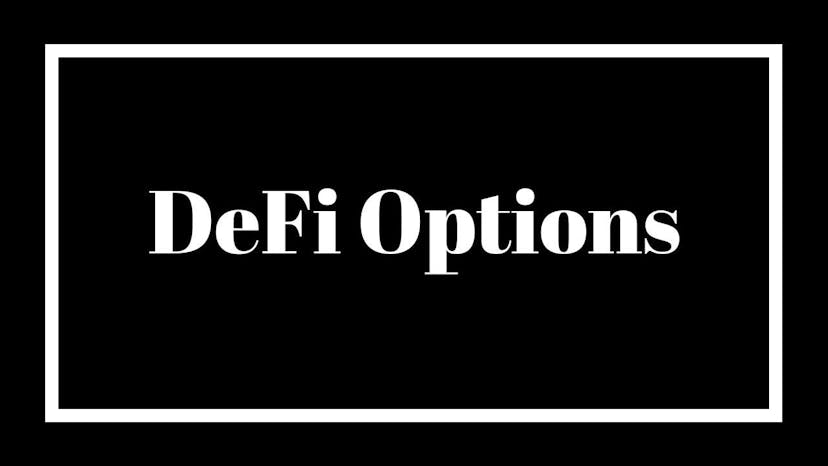
DeFi On-Chain Options
Options are yet another money lego growing like crazy on Ethereum, with growing liquidity on Hegic and Opyn. Options, like the name implies, give traders the option to buy or sell an asset at a pre-determined price on a future date. They are used to protect against price volatility and speculate on market moves. Options…
Loading...
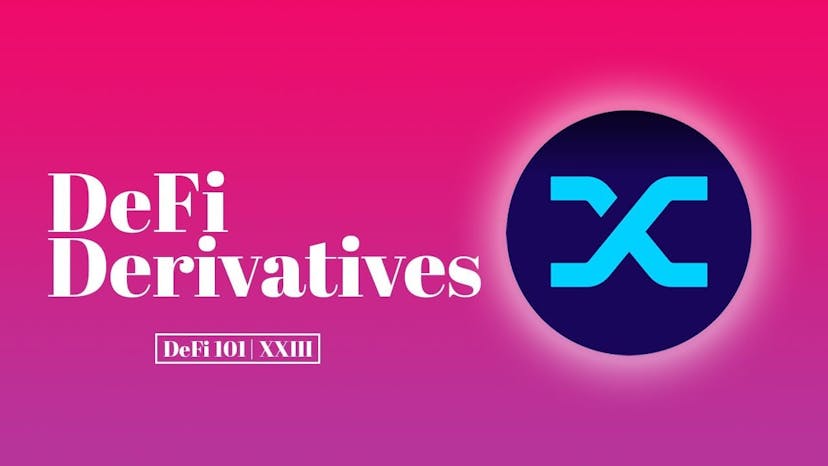
Trading Every Asset Class with DeFi Derivatives
A derivative is a big word created by Wall St that simply means: a financial security with a value that is reliant upon, or derived from, an underlying asset or group of assets. In other words, it’s trading a thing that represents the price movements of the underlying asset. According to the Bank for International…
Loading...
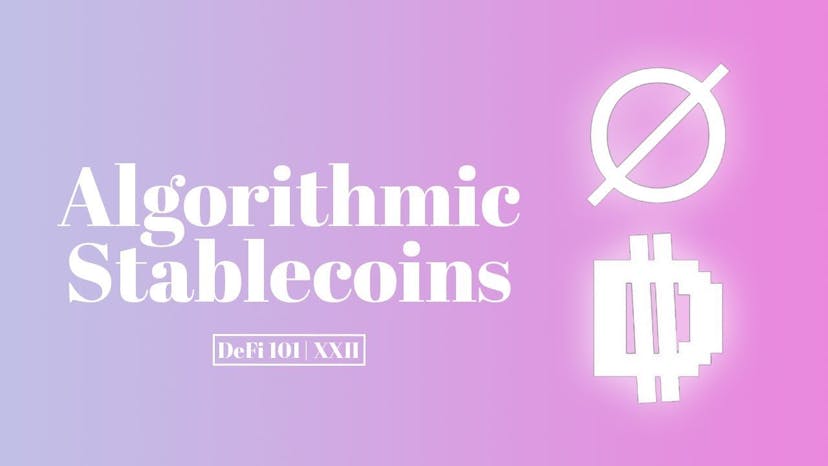
Algorithmic Stablecoins
Stablecoins on Ethereum boast an estimated $20B in liquidity (according to usdonethereum.com) and they show no signs of slowing down in growth. Stablecoins, examples of which include DAI, sUSD, USDC or USDT, come in all sorts of varieties: decentralized vs centralized, backed 1:1 by dollars vs overcollateralized vs reportedly undercollateralized (in the case of USDT).…
Loading...

What’s Layer 1 vs Layer 2?
If you have tried DeFi recently, you have probably experienced the frustrations of high transaction fees. As the demand for DeFi services on Ethereum have increased, it has become “normal” to pay higher fees such as $20 per transaction or even several hundred dollars on occasion. If this blockchain scalability problem isn’t resolved, these transaction…
Loading...
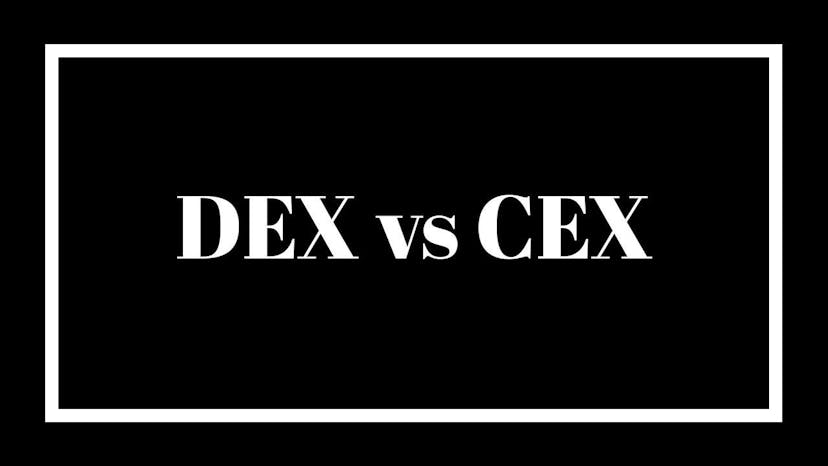
DEXs vs CEXs
CeFi vs DeFi. Centralized exchanges (CEXs) versus decentralized exchanges (DEXs). Trading on CEXs involves trusting a centralized company with your private keys and information. It also often means a faster trading experience. Trading on DEXs means not having to ask for permission and maintaining control of your assets and information. The differences between trading on…
Loading...
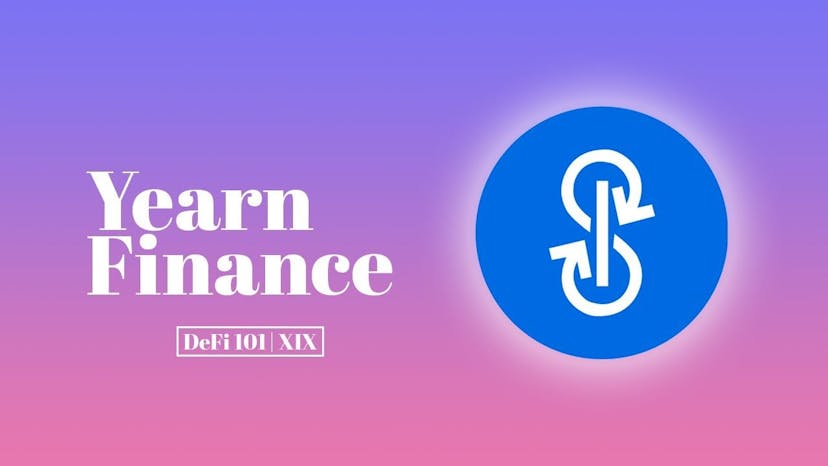
What is yearn.finance
Yearn.finance automates yield earning. It started out as a “yield bouncer” called iearn.finance, automatically moving stablecoins like DAI from one lending protocol to the next across Compound, dYdX, Aave, and more to maximize lending yield. Then the idea evolved when founder Andre Cronje combined this yield bouncing strategy with a stablecoin pool in Curve. Anyone…
Loading...

What is Yield Farming and Liquidity Providing
Yield farming is one of the many memes that was created by the DeFi community. While it’s a term that gets tossed around loosely, there’s a narrower criteria to define what is yield farming: It often requires providing liquidity or lending liquidity in a permissionless DeFi protocol to earn passive income. It results in traders…
Loading...
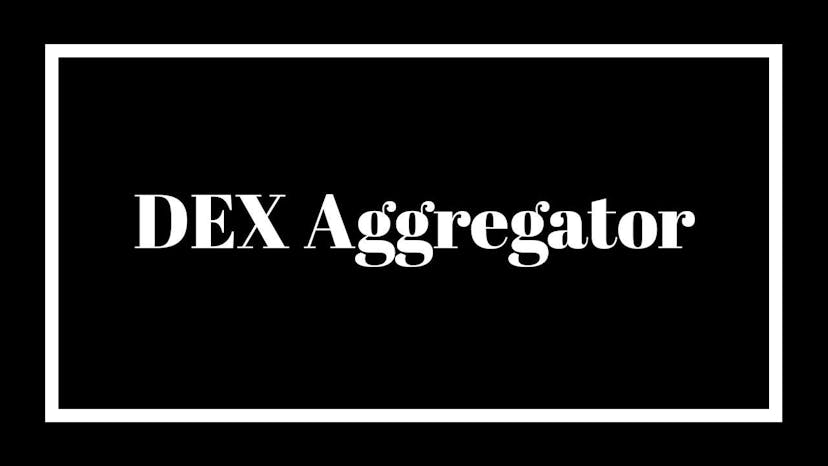
DEX Aggregators; The Search Engines of DeFi Trading
One of the most important new tools to master in DeFi is trading on decentralized exchanges (DEXs) on Ethereum. For those trading tokens powered by Ethereum (ERC20 tokens), it’s important we can find the best trading rates across a growing list of liquidity sources in DeFi. It’s very similar to searching for the best flight…
Loading...

What are Automated Market Makers Like Uniswap
Automated Market Makers (AMM) are one of the most popular DeFi applications today. An AMM is a decentralized asset trading pool that enables market participants to buy or sell cryptocurrencies. AMMs are non-custodial, meaning you never give up control of your funds like on a centralized exchange, and they’re permissionless in nature, meaning all you…
Loading...
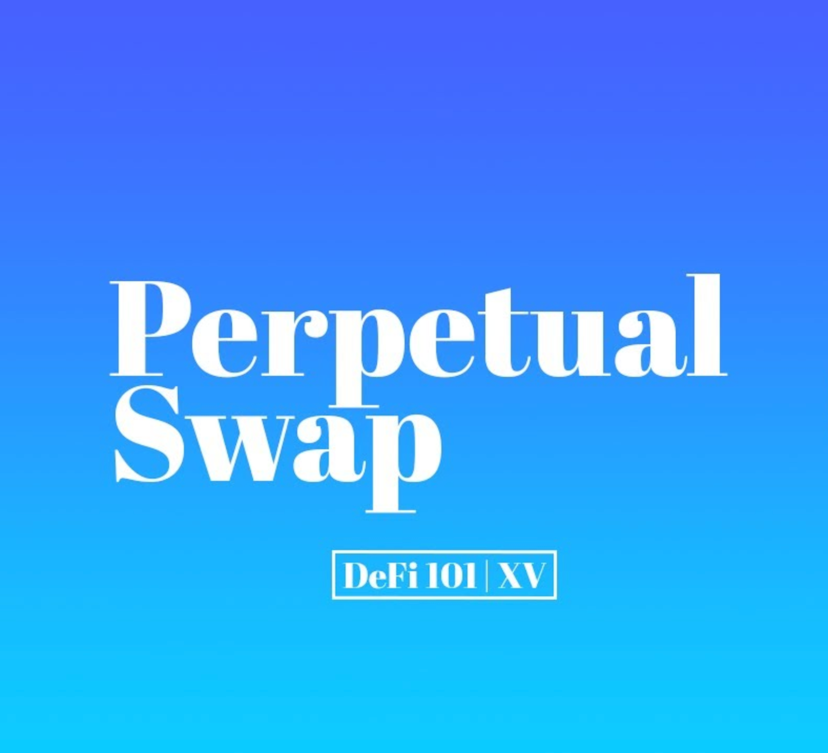
Decentralized Perpetuals Trading with dYdX and MCDEX
Perpetuals are a swap product for traders to hold exposure indefinitely, versus having to roll their futures positions. It was BitMEX who solved this problem with what’s now popularly known as “the perpetual swap”–a Bitcoin derivative contract that never expires. In 2020, these perpetuals markets on Bitmex and the likes of Binance can generate billions…